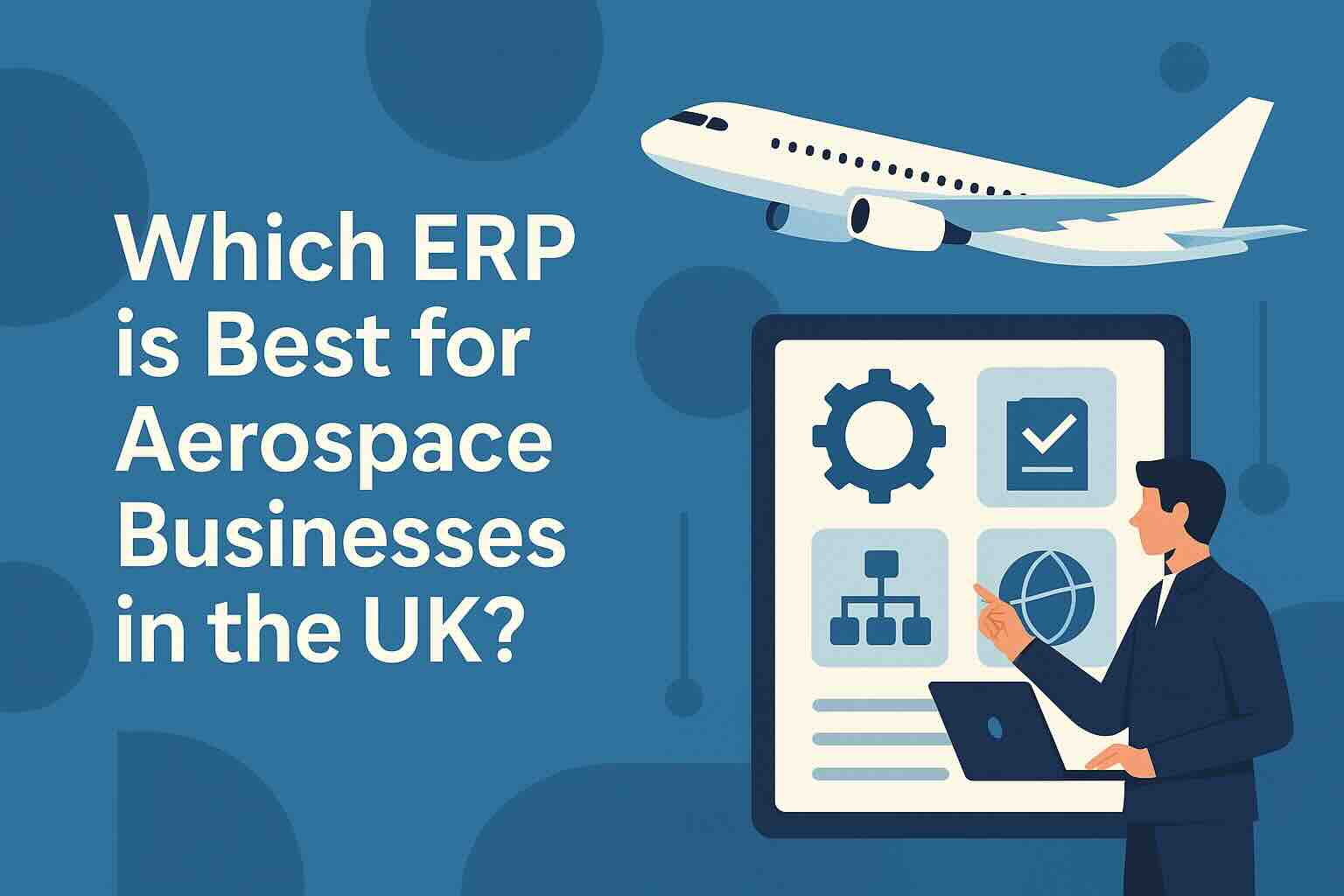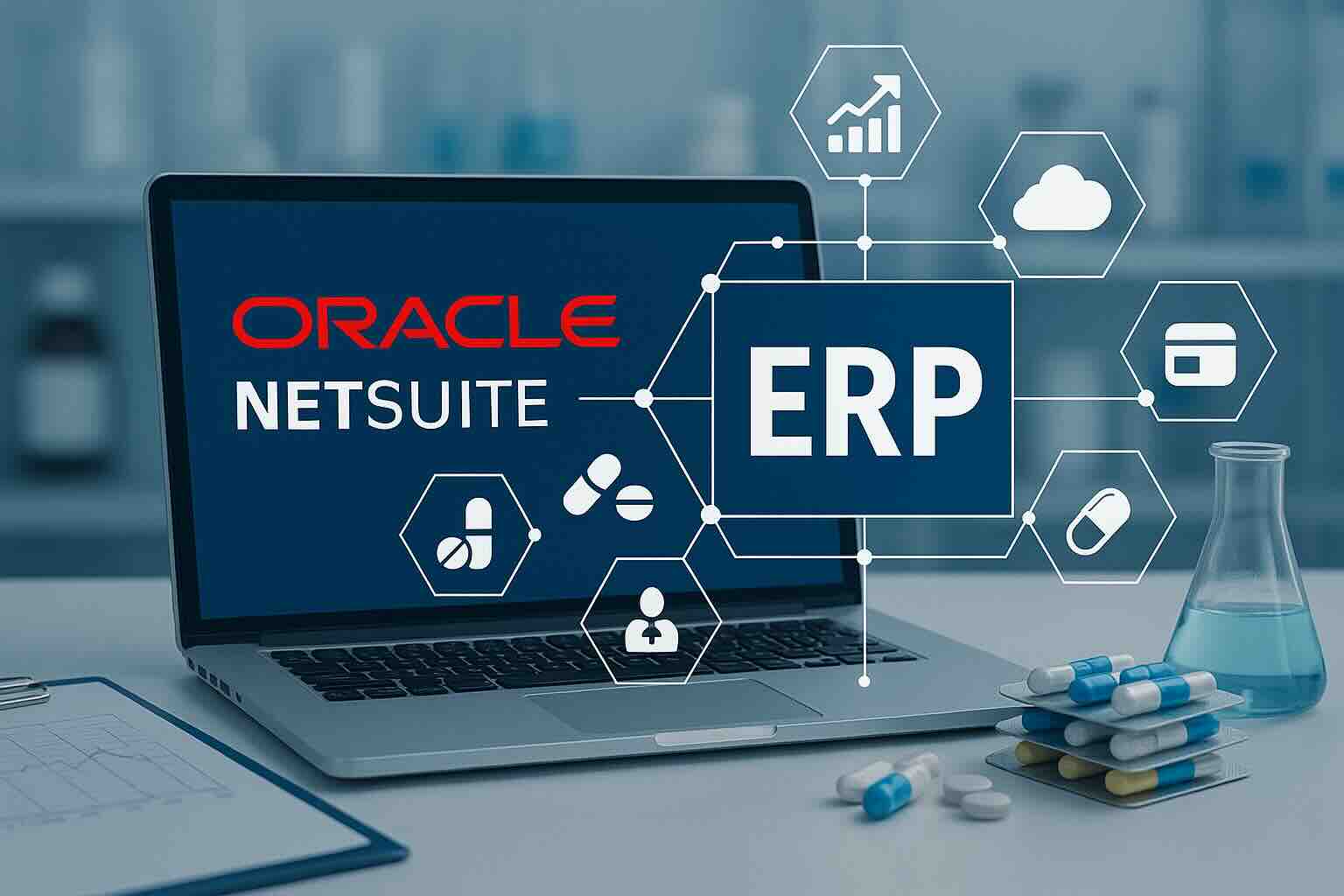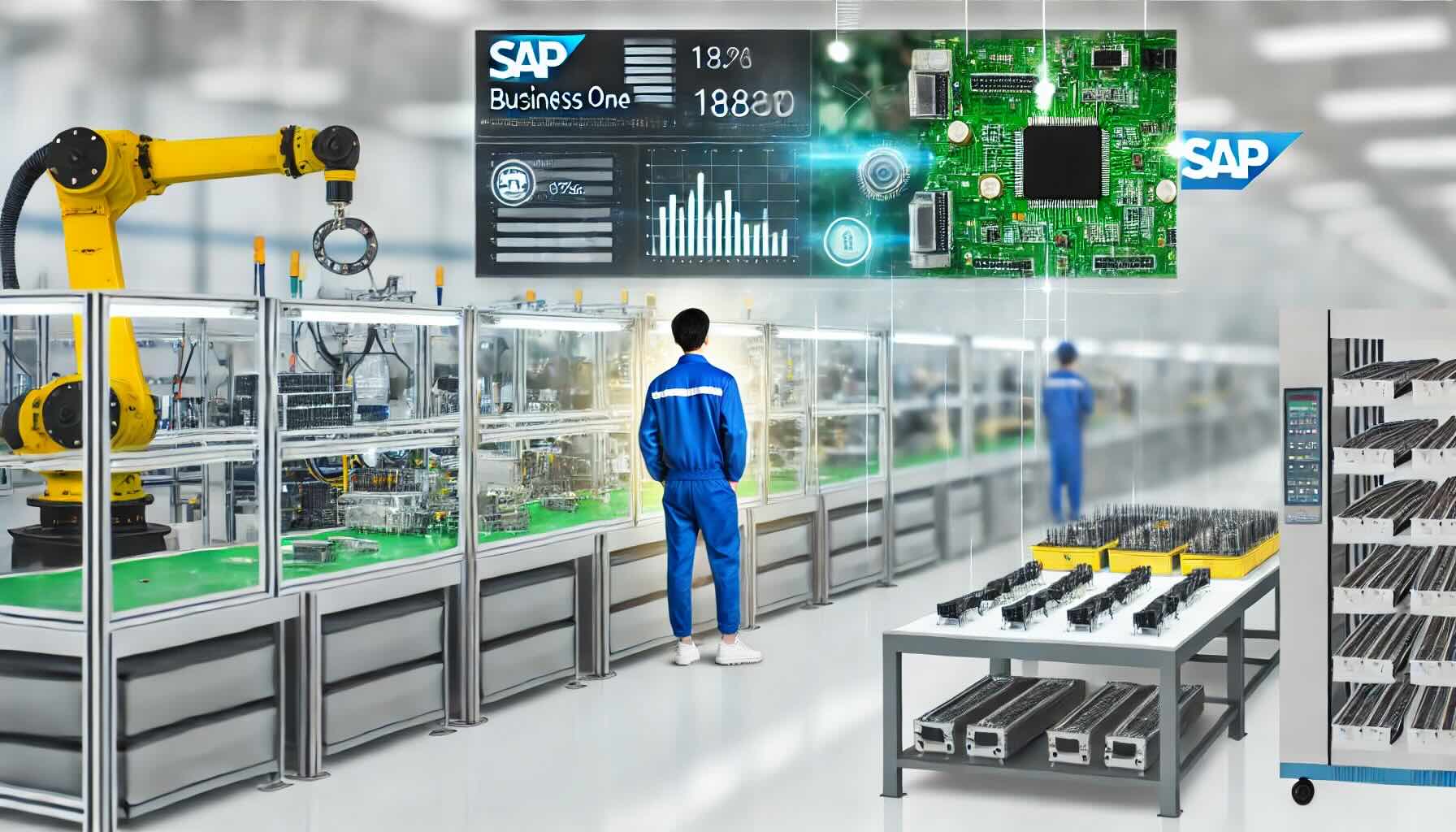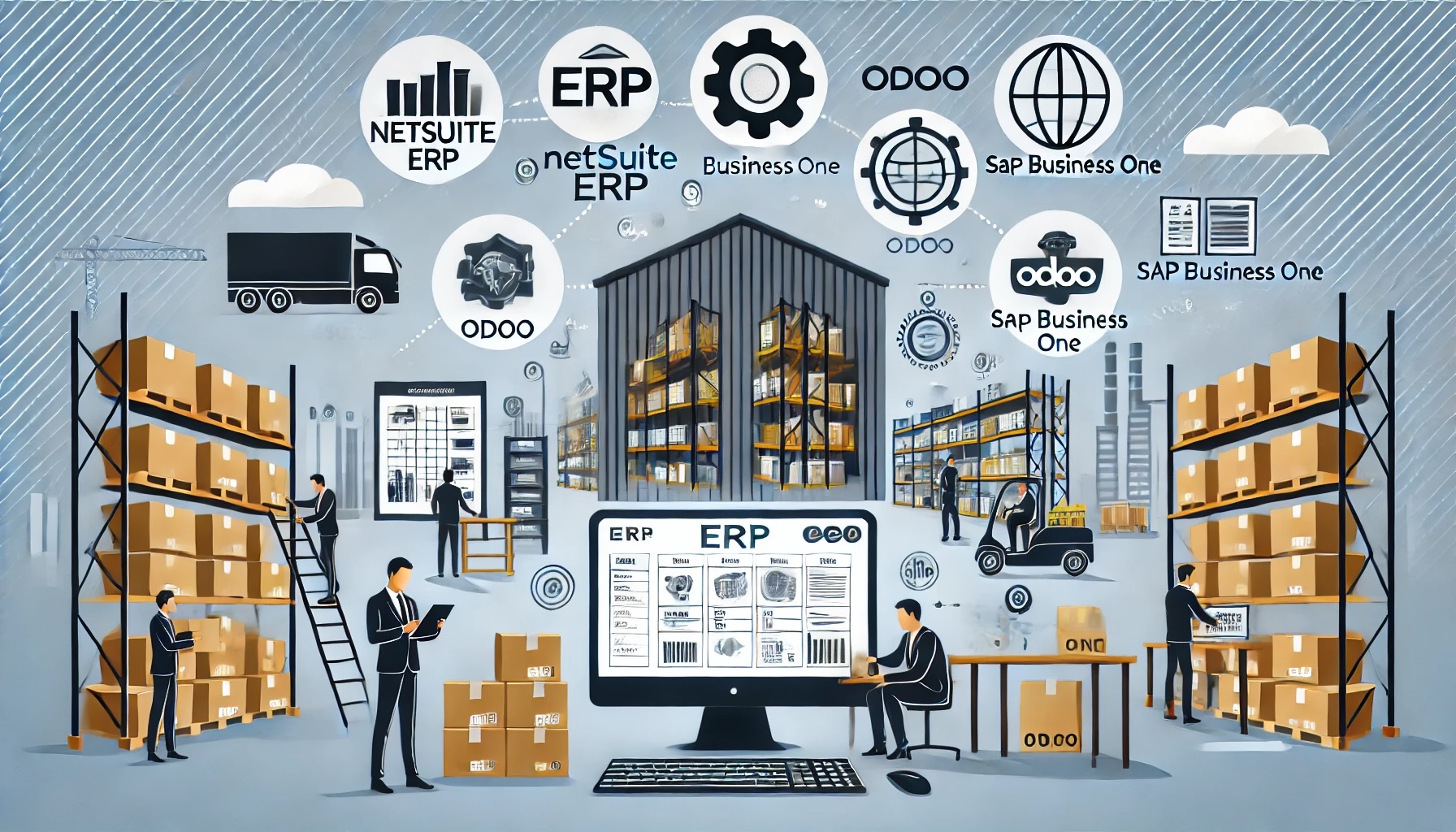ERP Implementation Guide: A Roadmap for Business Leaders
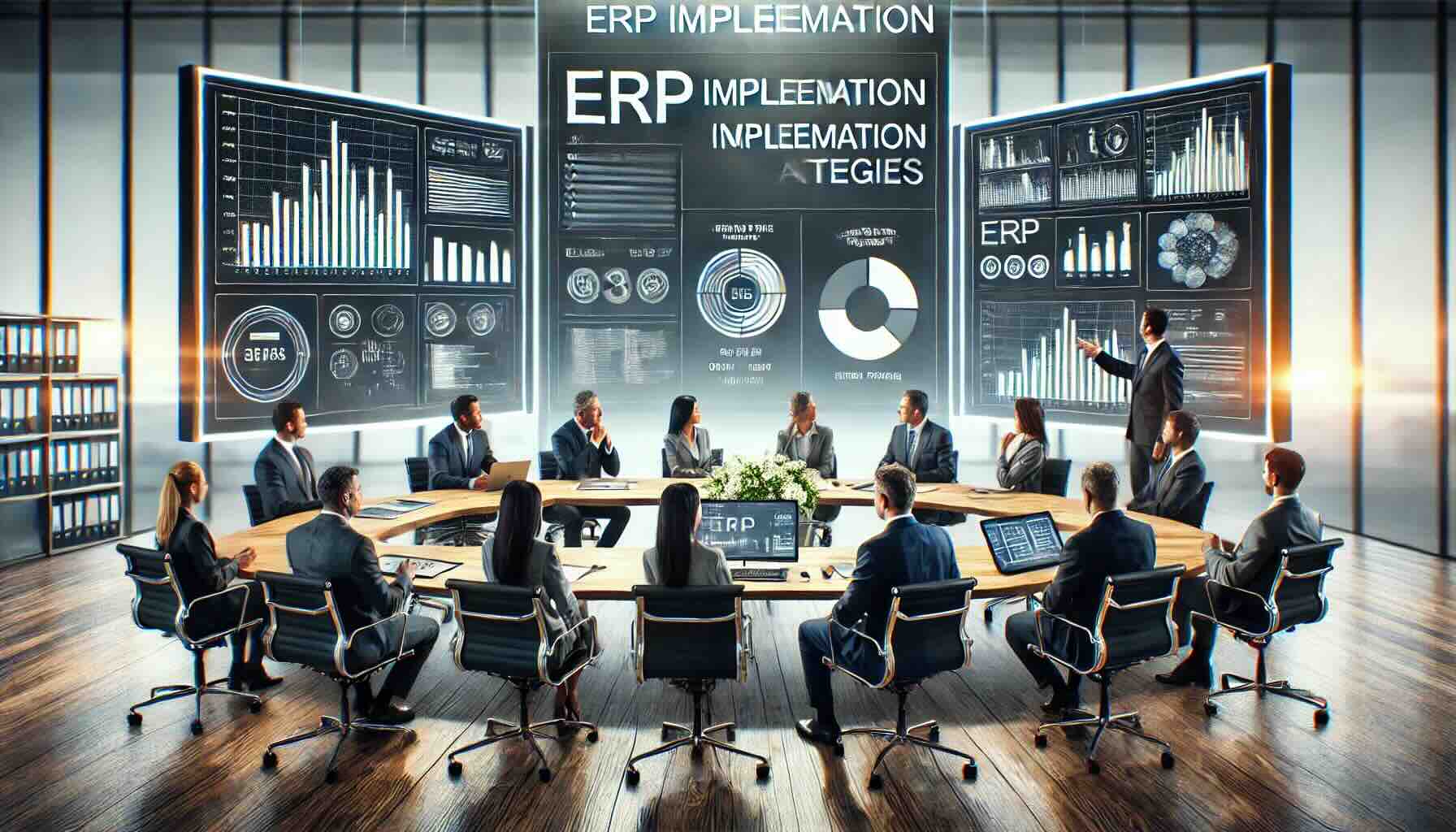
In today’s fast-paced business environment, successful ERP implementation has become a cornerstone for operational efficiency and financial growth. As a business leader, overseeing this transformative project is a significant responsibility that can have long-lasting effects on your organization’s success.
Enterprise Resource Planning (ERP) systems unify critical business processes, enabling seamless data integration and real-time insights. However, without proper implementation, even the best ERP systems can fail to deliver the desired results. In this guide, we’ll provide business leaders with a step-by-step roadmap to ensure a smooth and successful ERP implementation.
Why ERP Implementation Matters
Implementing an ERP system is not just an IT project—it’s a strategic initiative. Done right, ERP implementation can:
- Enhance Efficiency: Streamline workflows and automate repetitive tasks.
- Improve Decision-Making: Provide real-time data and actionable insights.
- Support Growth: Scale with your business as it expands.
- Ensure Compliance: Simplify regulatory reporting and audit readiness.
- Boost Collaboration: Foster cross-departmental alignment with a unified platform.
However, ERP implementation comes with its challenges, including potential disruptions, resistance to change, and project scope creep. By following a structured approach, business leaders can mitigate these risks and ensure long-term success.
ERP Implementation Roadmap
Here is a step-by-step guide to ERP implementation tailored for business leaders:
1. Define Clear Goals and Objectives
Before selecting an ERP system or beginning implementation, clearly define what you want to achieve. Examples include:
- Reducing financial reporting errors by 50%.
- Improving inventory turnover by 30%.
- Automating 80% of manual processes in accounts payable.
Tie these objectives to measurable KPIs and communicate them to your team.
2. Assemble a Cross-Functional Implementation Team
ERP implementation requires collaboration across departments. Build a team that includes:
- Finance: To ensure alignment with financial reporting and compliance needs.
- IT: For technical expertise and system integration.
- Operations: To streamline supply chain and production workflows.
- HR: To address workforce planning and payroll integration.
As a business leader, act as the project sponsor to provide oversight and ensure alignment with strategic goals.
3. Choose the Right ERP System
Select an ERP system that aligns with your business needs. Consider factors such as:
- Scalability: Can it grow with your business?
- Industry Fit: Does it offer functionality tailored to your sector?
- Cloud vs. On-Premises: Which deployment model suits your organization?
- Integration: Will it integrate with existing systems, such as CRM or BI tools?
- Vendor Support: Does the vendor offer ongoing support and updates?
4. Develop a Comprehensive Implementation Plan
Create a detailed roadmap that outlines:
- Timeline: Set realistic milestones to avoid rushing the process.
- Budget: Account for software costs, training, and potential downtime.
- Scope: Clearly define what will (and won’t) be included in the initial implementation.
- Risk Management: Identify potential risks and develop mitigation strategies.
5. Data Migration and Cleanup
Migrating data to your new ERP system is one of the most critical steps. Follow these best practices:
- Audit and clean your existing data to remove duplicates and errors.
- Standardize data formats for seamless integration.
- Develop a data migration strategy that includes testing and validation.
6. Invest in Employee Training and Change Management
Resistance to change is a common barrier during ERP implementation. Overcome this by:
- Offering hands-on training sessions tailored to different roles.
- Appointing change champions within departments to advocate for the new system.
- Communicating the benefits of the ERP system to all employees.
7. Test the System Thoroughly
Before going live, conduct rigorous testing to ensure the ERP system functions as intended. This includes:
- User Acceptance Testing (UAT): Validate the system’s performance under real-world conditions.
- Stress Testing: Ensure the system can handle peak loads.
- Integration Testing: Verify seamless interaction with other software platforms.
8. Go Live with a Phased Approach
Rather than a full-scale rollout, consider a phased implementation to minimize disruptions. Start with one department or location, gather feedback, and refine the system before expanding.
9. Monitor Performance and Optimize
After going live, monitor the system’s performance against your KPIs. Use the insights to:
- Identify and resolve bottlenecks.
- Fine-tune workflows.
- Plan for future upgrades and enhancements.
10. Engage in Continuous Improvement
ERP implementation is not a one-time project. Schedule regular reviews to ensure the system continues to meet your business needs and stays up-to-date with industry changes.
Common ERP Implementation Pitfalls to Avoid
- Underestimating Costs: Ensure your budget accounts for unforeseen expenses like additional training or system upgrades.
- Skipping Change Management: Failure to address employee resistance can derail your implementation.
- Rushing the Process: A rushed implementation often leads to errors and long-term inefficiencies.
- Ignoring Post-Go-Live Support: Ensure your vendor provides ongoing support and updates.
Conclusion: Leading a Successful ERP Implementation
ERP implementation is a transformative journey that requires careful planning, collaboration, and execution. As a business leader, your role is critical in aligning the project with organizational goals and ensuring its long-term success.
By following this ERP implementation guide, you can minimize risks, achieve measurable outcomes, and empower your organization to thrive in today’s competitive landscape.
Ready to take the next step? With our AI-powered Compare ERP tool, you can effortlessly explore and compare solutions tailored to your unique business needs. It’s free to use, and you’ll receive a guaranteed discount on your first year’s license fees with a referral from Compare ERP. Take the first step toward streamlining your processes and boosting productivity and start comparing today!

